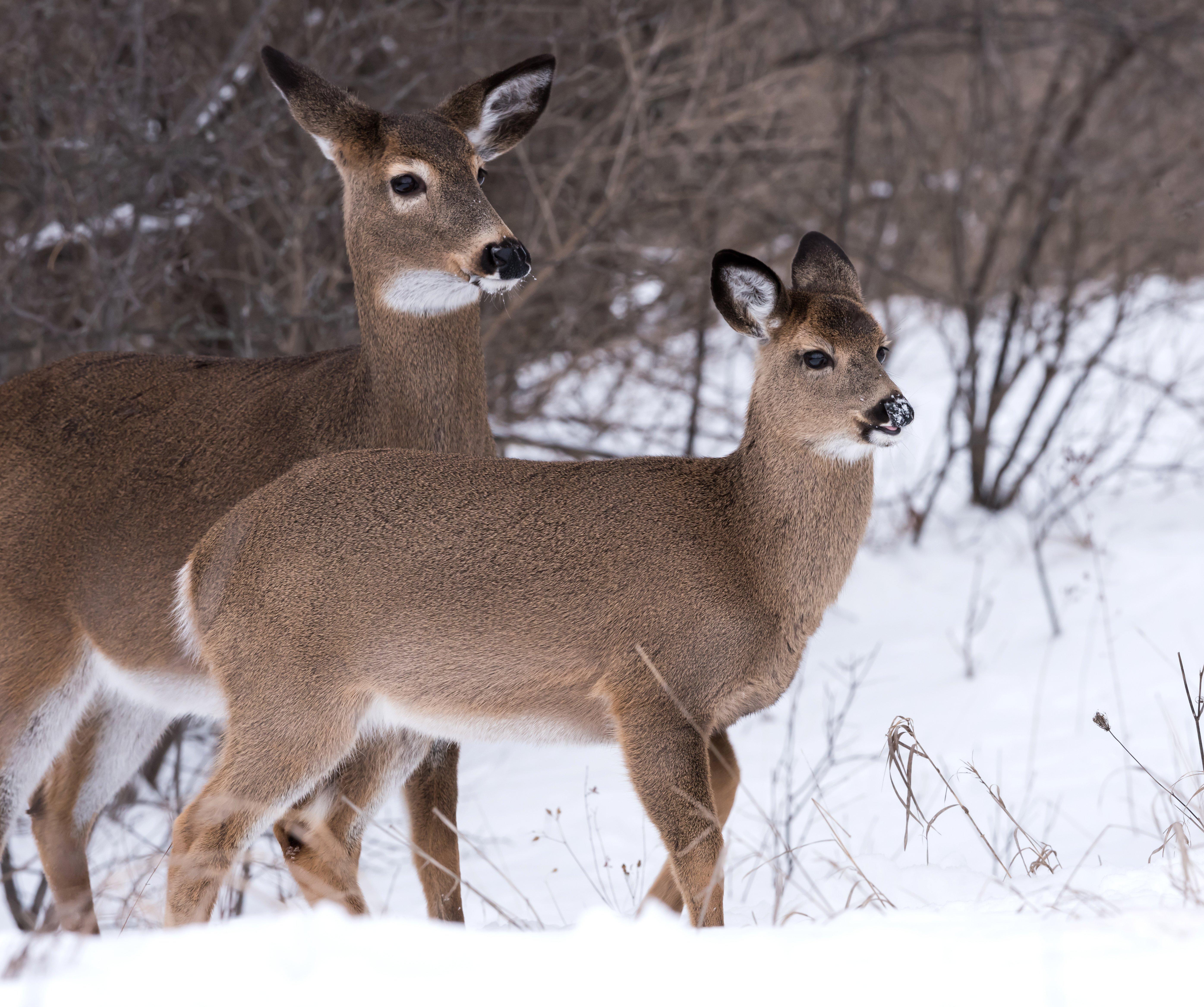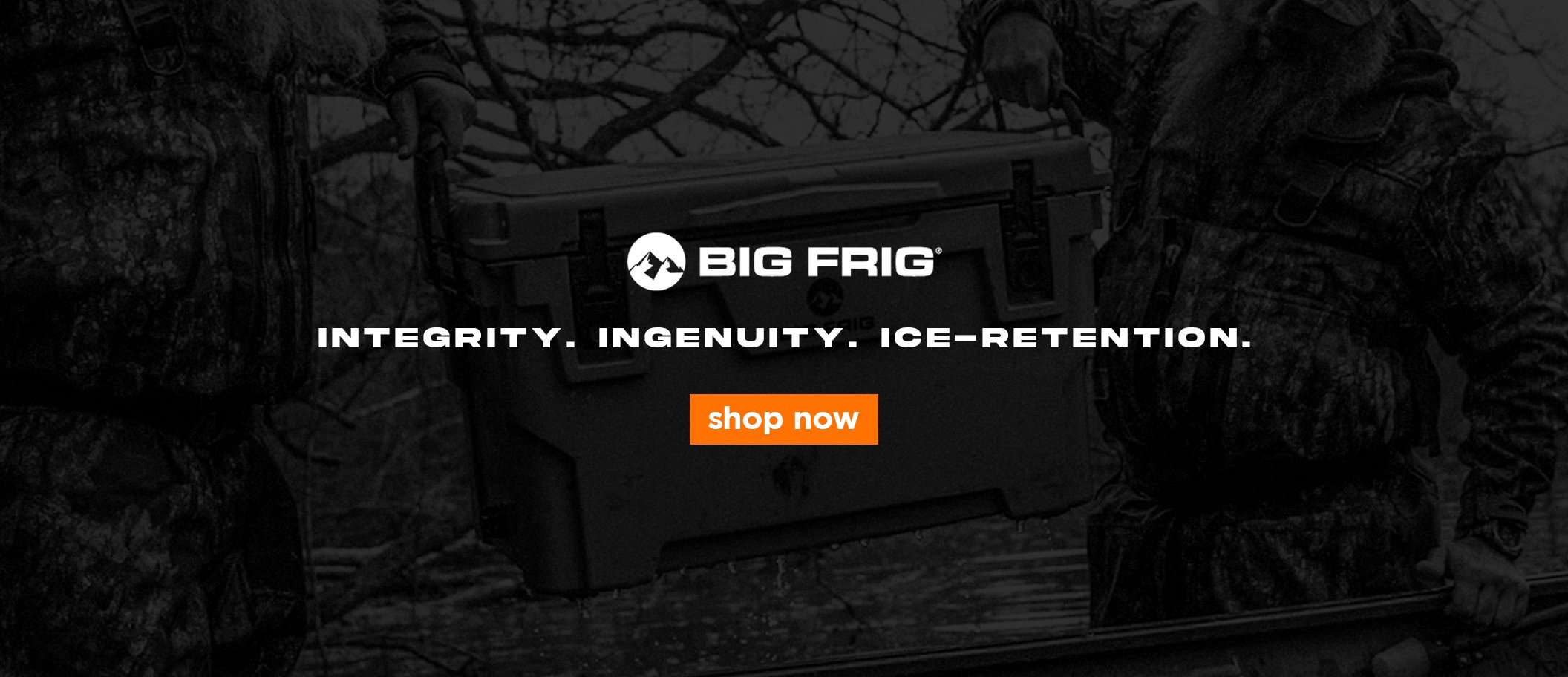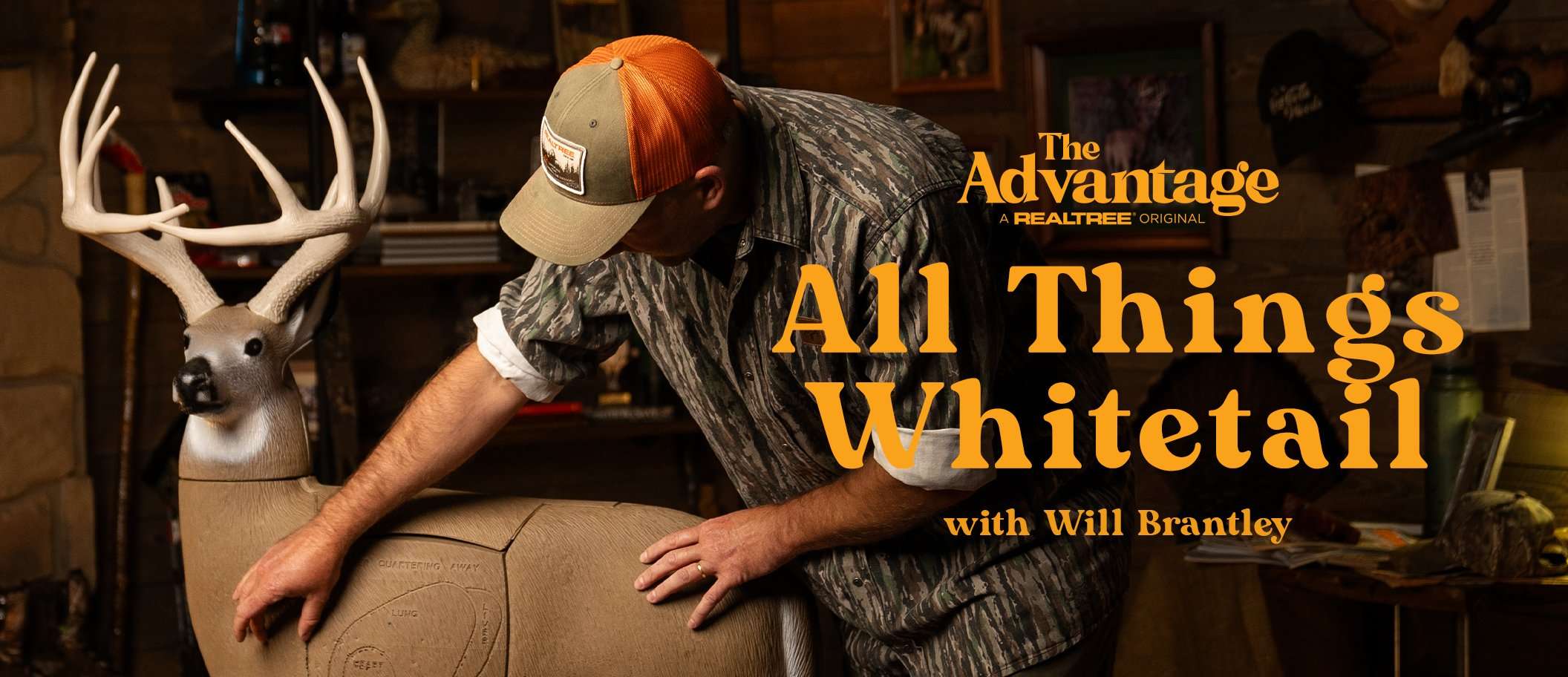Science suggests that many fawns in some spots might be ready to breed come December. But the author says there’s a smarter way to approach late-season whitetails.

Don’t bank on the late rut to save your deer season. Image by FotoRequest
I believe one of the most overhyped tactics of recent years is to “get out there and hunt the second rut.” Yes, deer do some last-ditch breeding in December, but you can sit all month and never see a shooter buck pushing or chasing a doe. What’s really going on the in the chilly timber?
Late-Rut Science
Adult does that didn’t get pregnant during the November rut recycle into estrus about 28 days later. That happens, but it’s not the big trigger of late breeding, according to one of the country’s top whitetail scientists.
“It’s mostly about the number of fawns that grow to 70 pounds and become sexually mature,” said Missouri biologist Dr. Grant Woods. He noted that in Iowa, Illinois, Kansas, and other regions of the Midwest, as well as well-managed private lands in the South with prime nutrition and habitat, 70 to 80% of 7-month-old fawns might be ready to accept bucks in December. But in poorer habitats where the food is not great, such as the big woods or mountains where many of us hunt, 20% or less of fawns might breed. It varies widely from state to state and habitat to habitat within a state, making any noticeable second rut in a specific place erratic and unpredictable.
Pressure Factor
Come December, hunters have shot a bunch of bucks, and the survivors are spooky. If there is late chasing and breeding occurring in your woods, a lot of it will happen at night, when whitetails are most active. If a warm spell hits, most late, spotty rutting activity will occur while you’re home in bed. You won’t even know it is happening.
Last-Ditch Tactics
With all that uncertainty, I say forget about hunting the second rut per se. Set up at these spots, where you should see some deer as you hunt down to the wire. If a good buck comes by dogging a doe, shoot him.
Crops: You’ll see the most animals — and possibly an old 8-pointer nudging a hot fawn — in or around a field of corn or soybeans. The less gun pressure in and around a field, the more deer you’ll see in daylight. The colder the better. Hope for temps from the teens to 30. A thin, hungry buck might pop out into the grain morning or night. Bundle up, and stay out there till the bitter end.
Ridges: I love to hunt a hardwood ridge within a mile of a crop field. My favorite is a hogback that was thinned a few years ago and offers thick, low ground cover. Does and bucks will travel through the second-growth saplings and thickets en route to and from the fields, and they’ll stage and browse buds and greenery.
Strips and pockets: If you hunt public or private woods miles from the nearest corn or beans, you won’t see nearly as many deer — maybe none some winter days. To have a chance of punching that last tag, you must find and watch what little food/cover mix is left for a buck, such as the edge of a clear-cut or power line, an oak flat with leftover nuts near a cedar swamp, or a honeysuckle thicket — you get the picture. Remember that in that type of raw habitat, few if any fawns are mature enough to breed. Forget about the late rut, and hunt for a fat 8- or 10-pointer moving on natural movement at dawn and dusk.
Don’t Miss: ARE NEIGHBORHOOD DOGS RUNNING DEER? WHAT HUNTERS CAN DO











